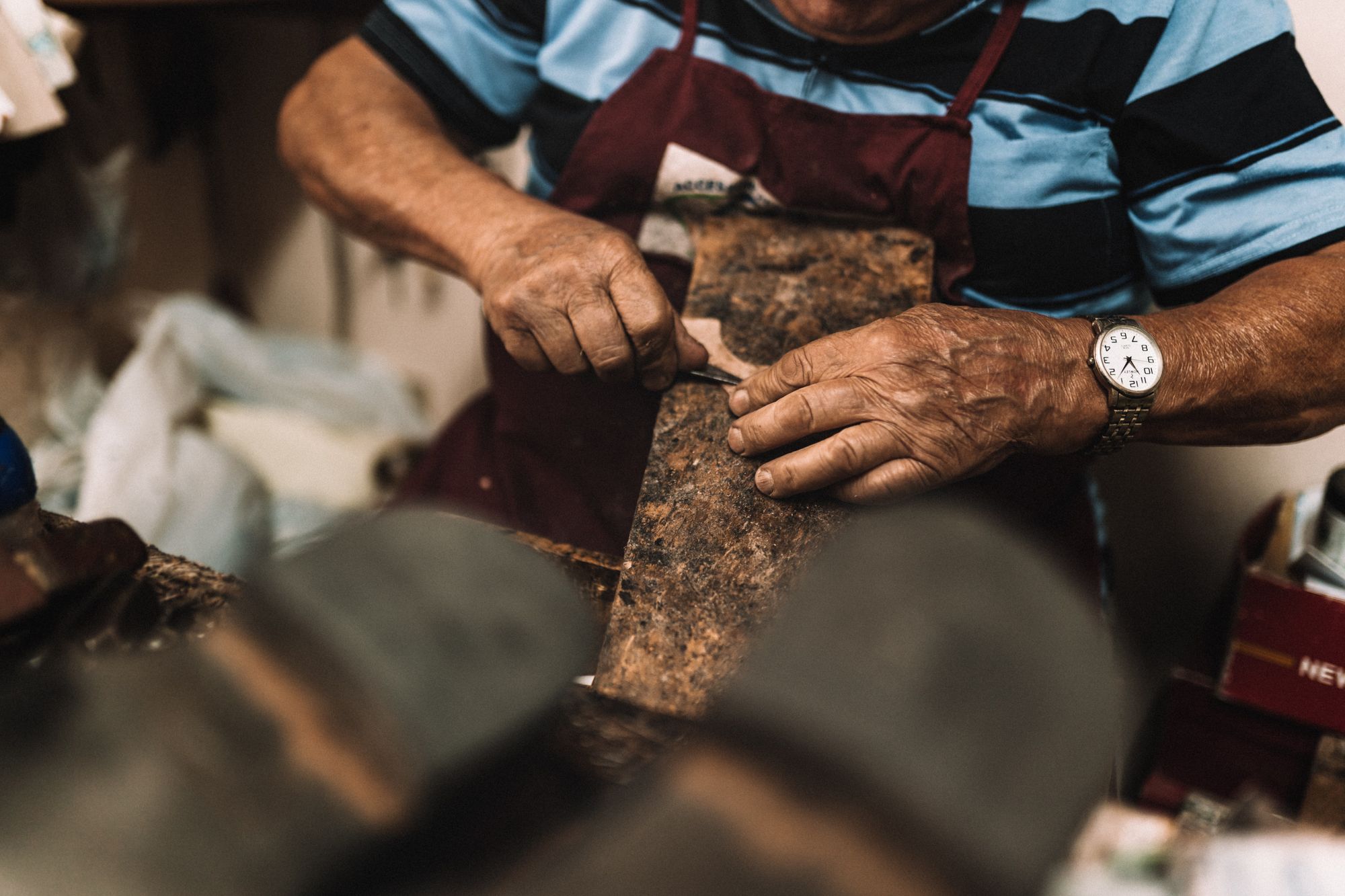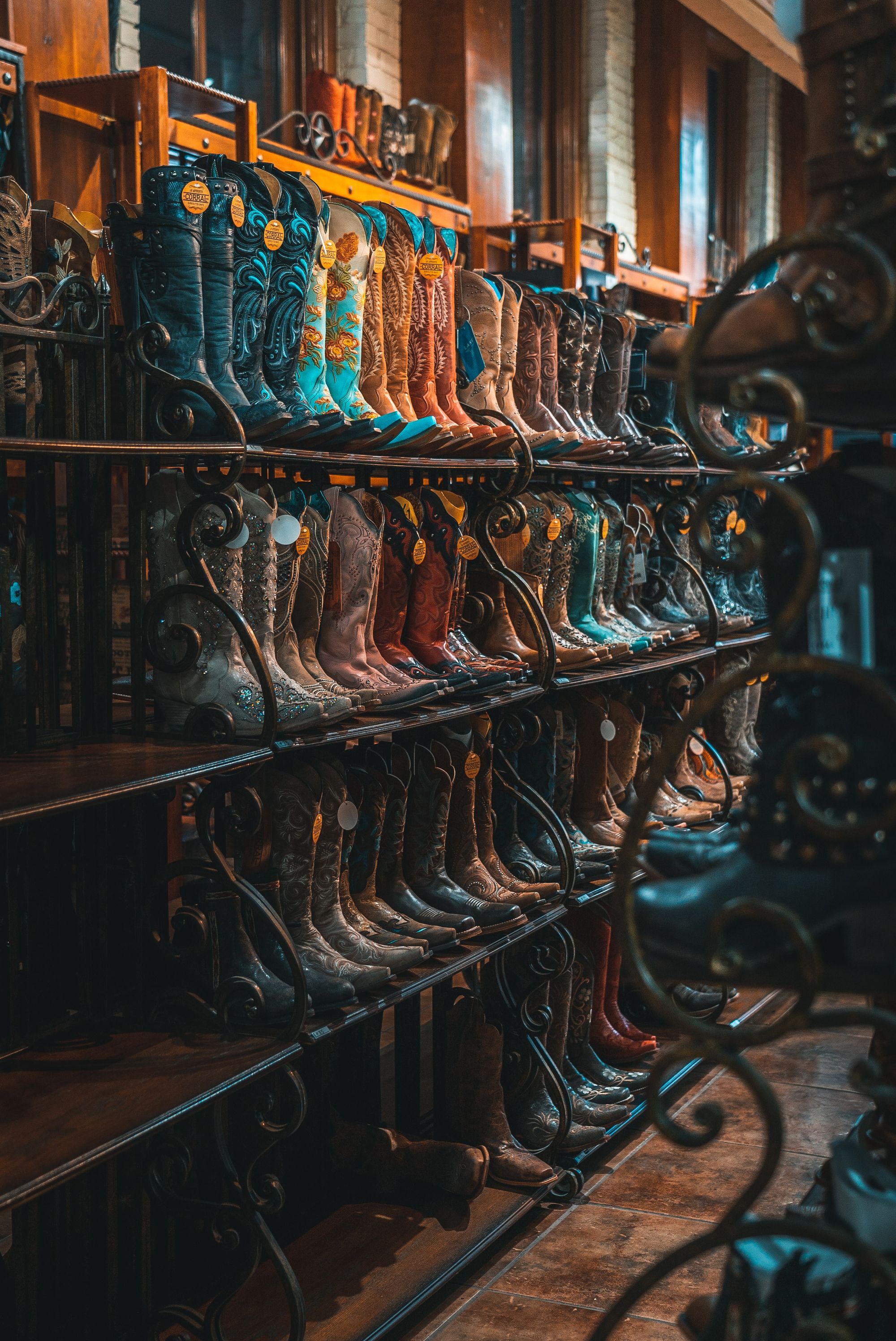Uniquely Made in Texas and the World
I don’t eat a lot of bread these days, but when I treat myself, I want a sourdough made by the hands of an artist, not a slice that made its way from factory to truck to plastic bag.

People who make stuff with their hands are amazing and I believe we should have a growing appreciation for the artisans of the world.
Carpenters, bakers, jewelers, leatherworkers, metalworkers, painters, potters, sculptors, and weavers are among the artisan class. Every item they make is unique, sustainable, quality, and carries human energy.
Nearly everything we use today is mass-produced by machines and technology. The upside is reduced costs and expanded distribution. The downside is potential over-production and waste, and the “meh,” that comes with machine precision.
The First Industrial Revolution which originated (by most accounts) with the British textile industry, changed the way things were made and marketed. Mechanization took hold in America in the 18th century and made its way into our household items, agriculture, and foods. It also brought more jobs, urbanization, industrial magnates with their monopolies, and boosted the economy.
But in the backdrop of all that progress, are the busy hands and minds with the desire to create. I had a friend in college whose father was a brick mason. Their fireplace and patio were works of art. He placed the bricks in patterns I had never seen before. Even at that age I knew it was something that could never be duplicated.
Years later, I wanted to spend an entire day watching glassblowers in Italy, fascinated by their commitment to the glass and invisible guidance in shaping it. Not one of us standing there asked for matching sets of anything. We got caught up in the magic of each piece having its own personality.
Tibetan knife makers follow the traditions of their ancestors in using a variety of materials such as copper, the horns of bulls and antelopes, wood, and metal.
Flamenco guitars made from rosewood, sycamore, cypress, and spruce, represent centuries of handed-down technique in Madrid.
The Uduseke “peace” baskets from Rwanda were woven with a flat circular base, a distinctive shape and a fitted lid. They became known as peace baskets in 1994 when women from both sides of war and genocide there worked together on them.

Hats Off to Texas Artisans
Leathercrafting is alive and well at the King Ranch, near Kingsville. Over a century ago, Captain Richard King hired experienced craftsmen and started his own saddlery because he wanted quality leather goods for his cattle brand. Their master saddle maker continues that tradition at the King Ranch Saddle Shop today.
James Avery started his jewelry business in 1954, in a two-car garage with $250. He created jewelry with lasting value and meaning. He featured his pieces in a Christian jewelry catalog. The company headquarters is in Kerrville.
Move over Italy, glassblowers at the Wimberley Glassworks create stunning pieces of artistic and functional glassware while you watch. They also teach classes for the courageous. (I’d be too nervous to try it).
For the making of the signature ten-gallon hat, go straight to the source with a trip to Resistol in Garland, and see where the hand-crafted hat began in 1927. They sport a selection of non-cowboy hats as well, fedoras, bowlers, and other styles.
I was told you’re not a real Texan until you own a pair of handmade boots from M.L. Leddy’s in San Angelo. Presidents and rock stars have Leddy boots. They’re still making them in the way M.L. began in the 1920s.
To round out your tour of Texas leatherworking, get a glimpse into how hand-crafted baseball gloves are made at the Nokona Factory. Their process was handed down from the 1930s.
I realize that many items once hand-made have had to turn to mass-production to keep up with demand. But even with that, the history is alive in those products.
It’s About the Bread for Me
If I lived in Texas, I’d have a long list of bread artisans to sample from Houston to Lufkin, Dallas, and Brownwood. To satisfy my curiosity I searched for the reason artisan and factory breads don’t taste the same. It’s about fermentation:
In mass-produced bread, there is very little fermentation built into the process which results in a more closed-cell structure. Artisan bread, on the other hand, often has a much more open and airy look to it since the bread rises from fermentation rather than the kneading process.
I don’t know where the balance lies between the practicality of making uniformed things by the millions, and one item at a time by hand. But I know that chairs and desks made by carpenters look and feel differently, baskets from thousands of years ago sit in museums. I’m not sure baskets made in factories today will hold that level of honor in the future.
And I know that bread from a factory will never have the texture and depth of flavor as bread made by an expert.
There are fewer artisans carving out a living today. It’s tough. Consumers want the convenient and timely delivery of goods. But I hope when it comes to some items, we can support the talented hands of those compelled to craft and create. These artists make every day items stand the test of time and history.
